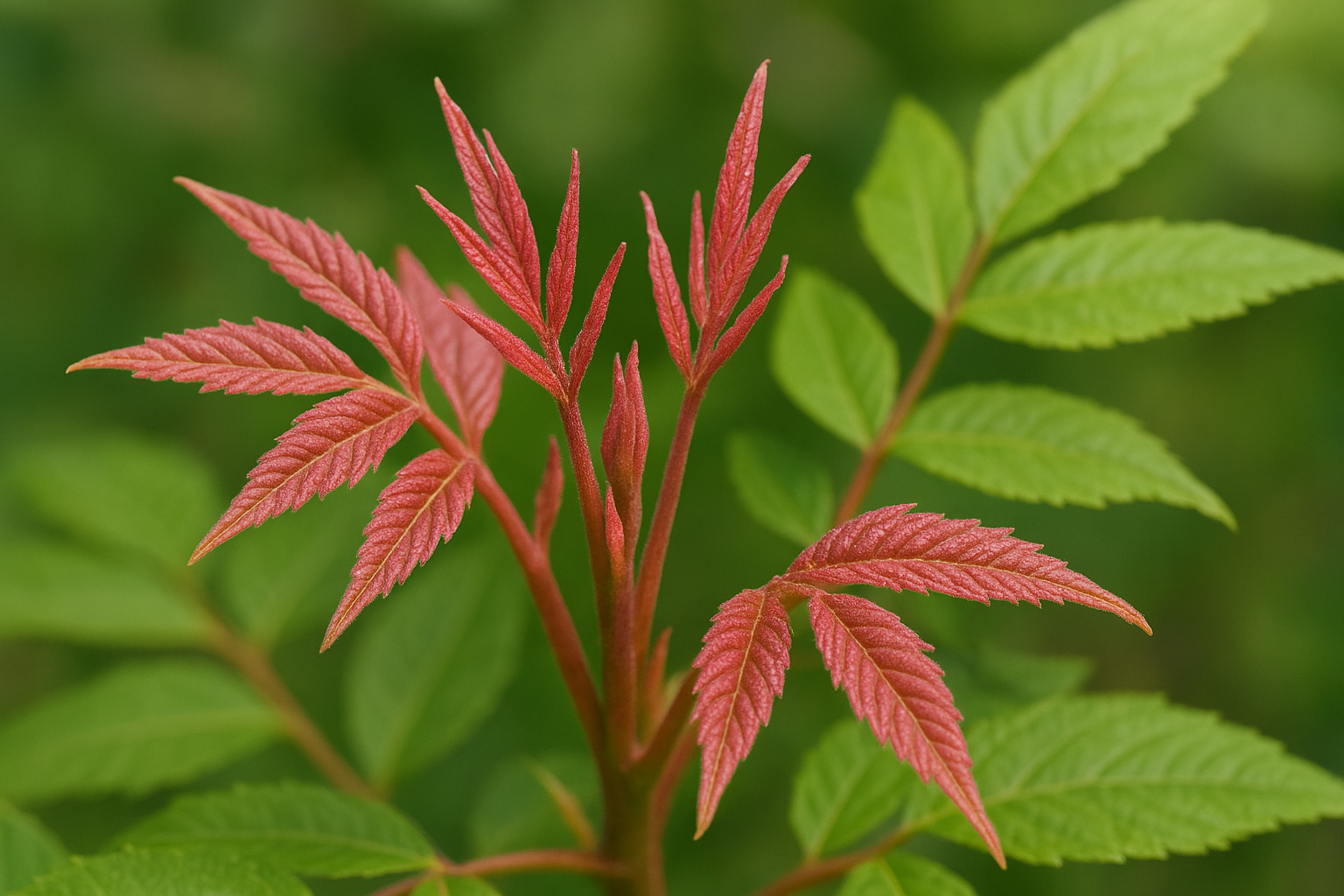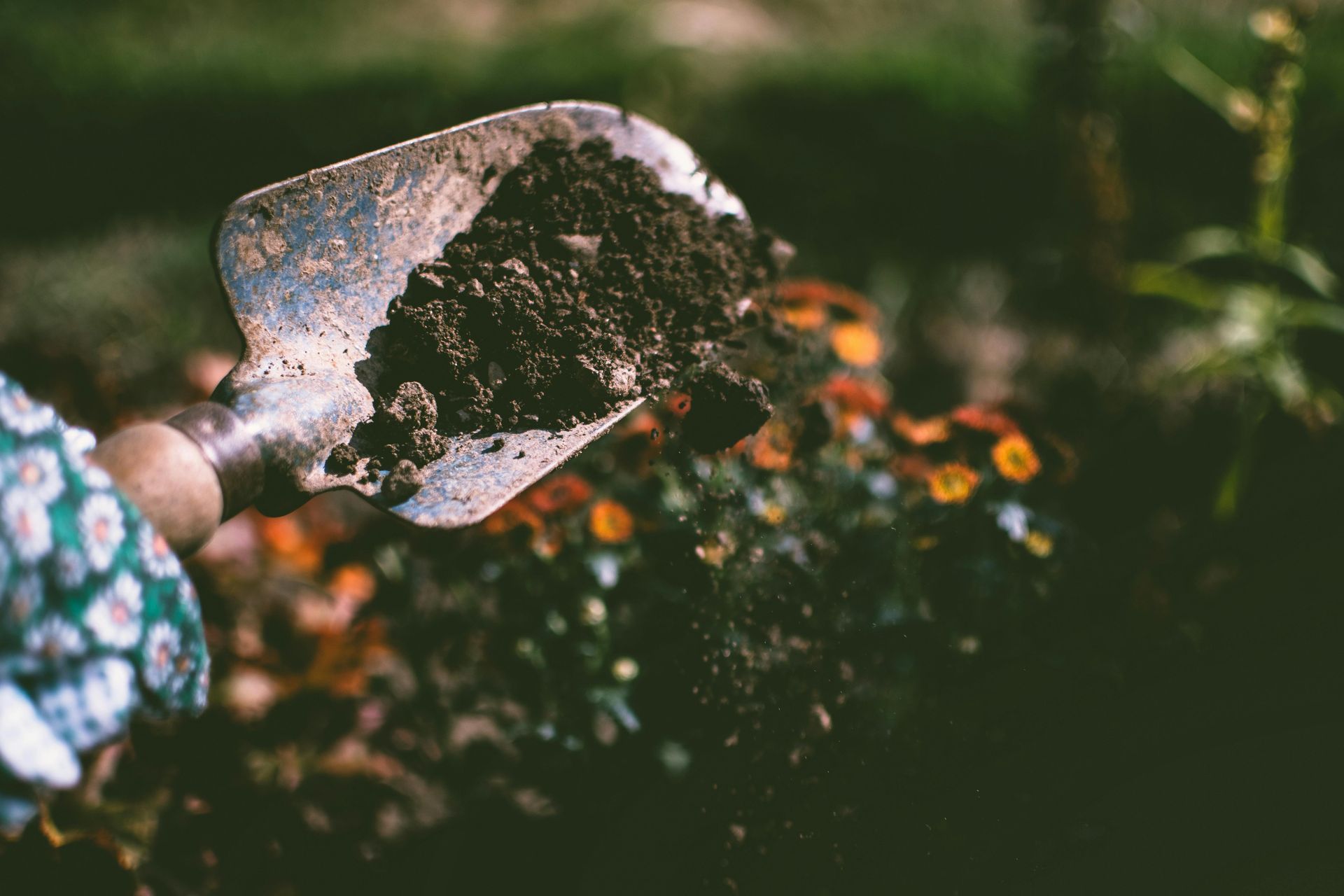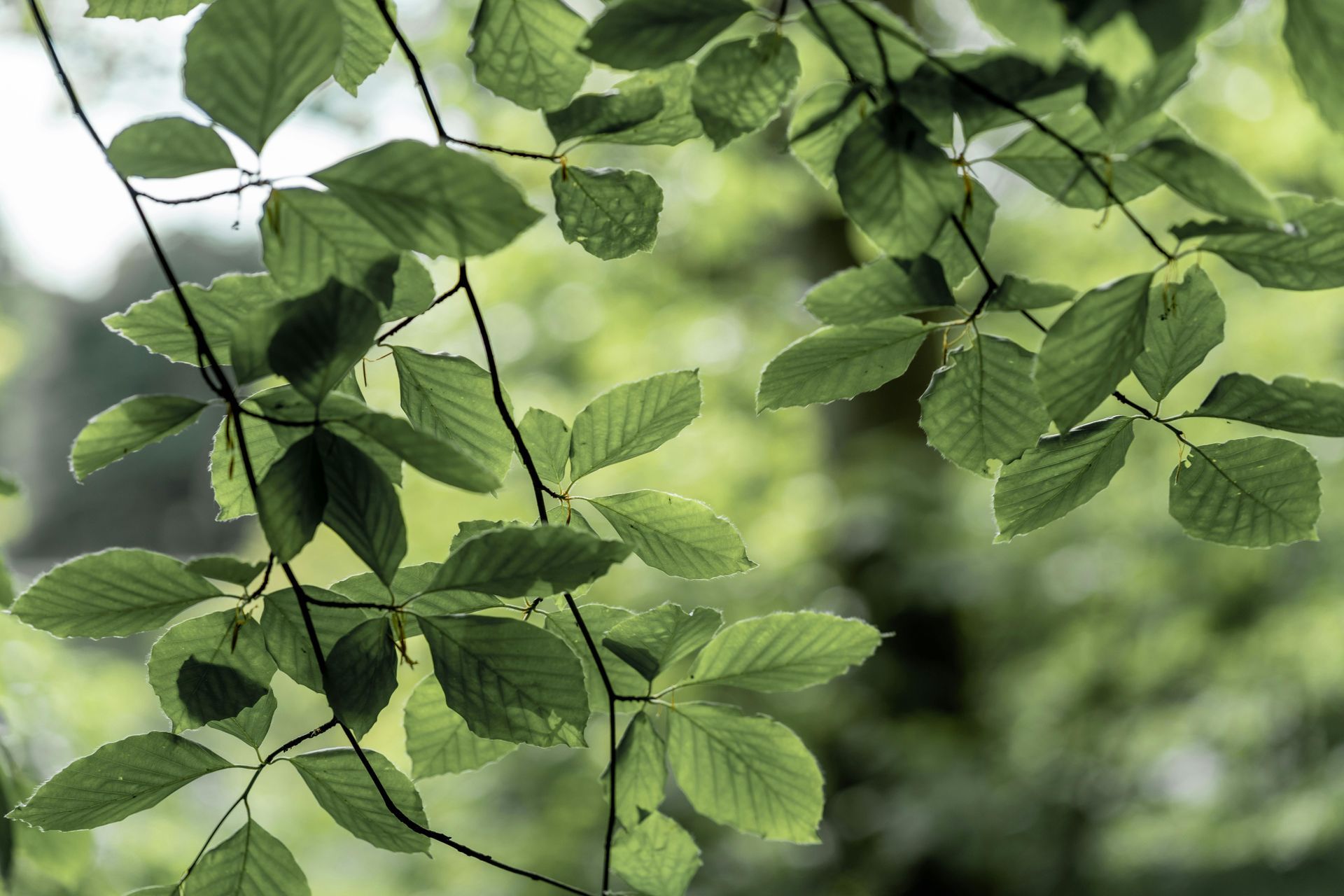How to Fertilize Your Trees for Optimal Growth
Properly fertilizing your trees is crucial for their overall well-being and vitality. By providing the necessary nutrients, you are not only promoting optimal growth but also enhancing their resistance to diseases and pests. Additionally, a well-fertilized tree is more likely to thrive and maintain its structural integrity, increasing its lifespan and aesthetic appeal in your landscape. Investing in the proper fertilization of your trees is a proactive measure that yields long-term benefits for both the environment and the beauty of your outdoor space.
Key Reasons to Fertilize Your Trees
Enhanced Growth and Vitality. Trees, like all plants, require essential nutrients for their growth and development. Soil may not always provide an adequate supply of these nutrients, especially in urban or degraded environments. Fertilizing ensures that trees have access to essential elements such as nitrogen, phosphorus, potassium, and various micronutrients. Adequate levels of nitrogen, for example, encourage photosynthesis, while phosphorus supports root development and overall plant energy transfer. Over time, nutrient deficiencies can lead to various issues, such as yellowing leaves, stunted growth, and reduced overall vitality. Fertilizing helps prevent and correct nutrient deficiencies, ensuring that trees have the necessary elements for optimal functioning.
Long-Term Tree Health. Early, consistent, and appropriate fertilization practices contribute to the long-term health and vitality of trees. Healthy trees are more resistant to pests and diseases, have a longer life span, and provide enhanced ecosystem services. Newly planted trees often benefit from supplemental fertilization to support root development and establishment. Fertilizing during the early stages of tree growth through maturity helps build a strong foundation for the tree's overall health.
Improved Resistance to Stress. Well-fertilized trees are better equipped to withstand environmental stressors such as drought, pests, diseases, and harsh weather conditions. Adequate nutrients help build the tree's natural defenses, making it more resilient and less likely to require human intervention.
Increased Flowering and Fruit Production. Fertilizing can enhance the reproductive capabilities of trees. Adequate nutrients promote the development of flowers and fruits, ensuring a more successful and abundant fruiting season.
Environmental Benefits. Healthy, well-fertilized trees contribute positively to the environment by sequestering carbon, producing oxygen, and providing habitat for wildlife. Trees that receive proper nutrients can fulfill their ecological roles more effectively.
Enhanced Aesthetic Value. Fertilizing can enhance the aesthetic value of trees, promoting lush foliage, vibrant colors, and overall visual appeal. This is particularly important in landscaping and urban areas where trees contribute to the beauty of the surroundings.
General Guidelines for Fertilizing Your Trees Effectively
- Understand the soil. Conduct a soil test to determine its nutrient content and pH levels. This information helps you choose the right fertilizer and application rates.
- Choose the right fertilizer. Different trees have varying nutrient requirements. Select a well-balanced fertilizer with a mix of nitrogen (N), phosphorus (P), and potassium (K). The ratio may vary based on the tree species and soil conditions.
- Get your timing right. Fertilize your trees during their active growing season. For many deciduous trees, spring is an ideal time before new growth begins. Avoid fertilizing late in the growing season, as it may stimulate late-season growth that is susceptible to winter damage.
- Choose an appropriate application method:
- Broadcast Application: Spread granular fertilizer evenly over the root zone. Water the area thoroughly after the application.
- Surface Application: Spread a layer of well-composted organic matter, like compost or well-rotted manure, around the base of the tree without disturbing the soil.
- Deep Root Feeding: Inject liquid fertilizer into the soil around the tree's root zone. This is especially useful for mature trees with established root systems.
- Avoid trunk damage. Keep the fertilizer away from the trunk of the tree. Apply it in a band around the drip line (outer edge of the canopy and on the roots) rather than close to the trunk to prevent potential damage from chemical burns.
- Water it in. Water the tree thoroughly after applying fertilizer. This helps the nutrients move into the root zone. Adequate watering is crucial for nutrient absorption.
- Apply mulch. Mulch around the base of the tree with organic material like wood chips or straw. Mulch helps retain moisture, regulates soil temperature, and provides a slow release of nutrients as it breaks down.
- Determine the appropriate frequency. Avoid over-fertilizing, as it can harm or kill tree. Follow recommended application rates based on soil test results and the specific needs of the tree.
- Consider the microorganisms. Support the soil ecosystem by avoiding excessive use of chemicals. Healthy soil with a diverse microbial population contributes to nutrient availability.
- Monitor your tree's health. Regularly inspect your trees for signs of nutrient deficiencies or excesses. Adjust your fertilization practices based on the specific needs of the trees and any observed issues.
Always refer to specific recommendations for the particular type of tree you are fertilizing, as different species may have unique requirements. Consulting with a local arborist or using soil tests can help determine the appropriate fertilization regimen for your trees. Over-fertilization should be avoided, as it can lead to environmental issues and potential harm to the trees. By following expert advice and monitoring the fertilization process carefully, you can promote the optimal health and vitality of your trees.
Check out the latest:









